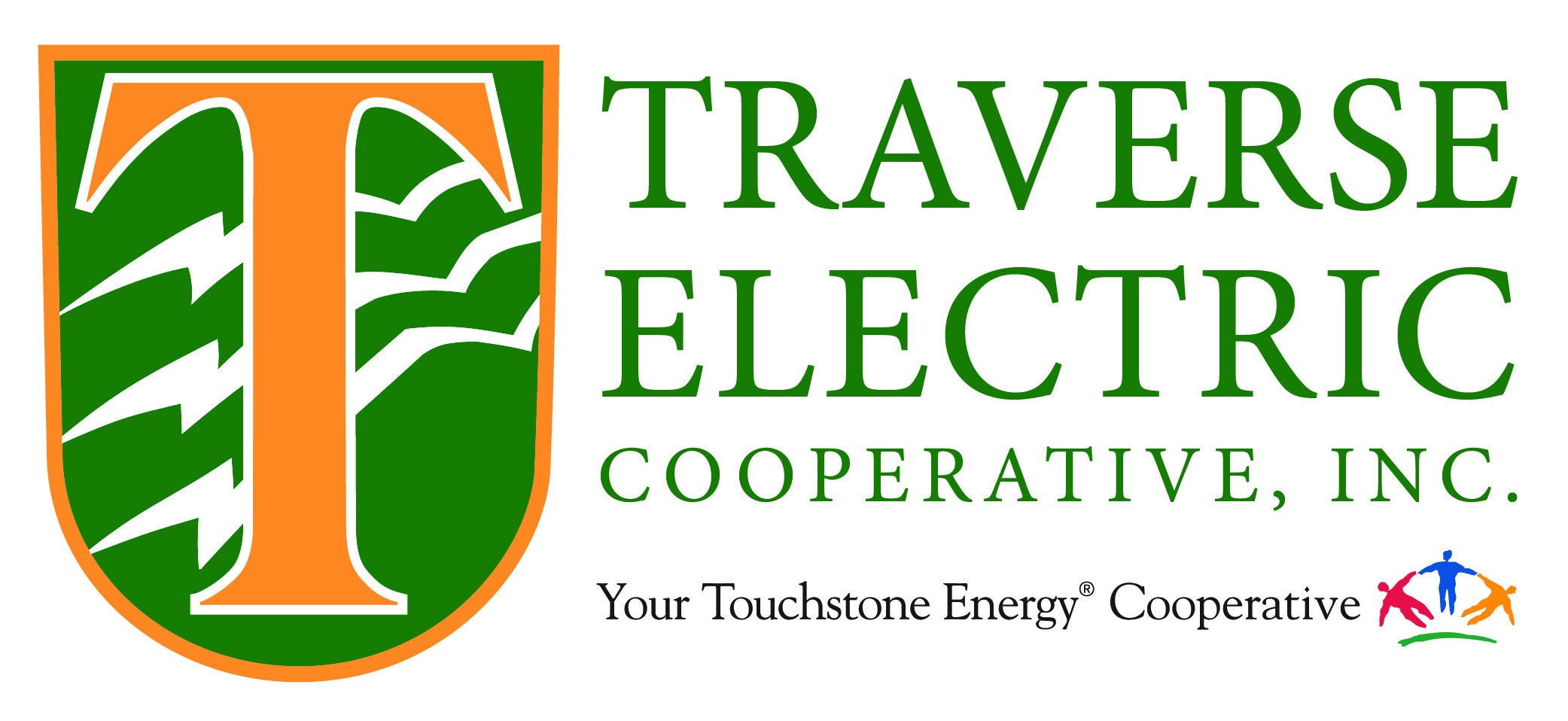What are capital credits?
Any profits made by the cooperative are referred to as margins. At the end of each year, the margins (profits) are allocated to each member in proportion to the amount of electricity they purchased. The more electricity purchased, the greater the share of the margin allocation that will be made to the member's capital account. When the allocated funds are returned as capital credits to the cooperative's members, we say that those capital credits have been retired.
Assets of the cooperative are owned collectively and held in common by all the member-owners. From the time the margins are generated until they are returned, this money is put to work within the cooperative, minimizing debt financing and strengthening our financial position.
What is the difference between allocated and retired capital credits?
Allocated capital credits appear as an entry on the permanent financial records of the association and reflect your equity or ownership in Traverse Electric. When capital credits are retired, a check or bill credit is issued to you and your equity in the association is reduced. Checks are generally issued 17 to 19 years after the year in which the margins were earned. That being said, even if you no longer receive electric service from Traverse Electric, you still want to keep a current address on file with us so that you receive all the checks you have coming to you.
What happens in the event the member of record passes away before their capital account is paid out?
The forms below need to be filled out completely and returned to Traverse Electric before we will be able to pay the estate the capital credits it has coming.
Forms:
Options for payment of credits:
-
The credits stay with the cooperative until the year is payable to our general membership. If you choose this option, please name the person to receive these credits.
-
The credits are payable in a lump sum at a discounted rate, when the enclosed forms are completed and returned to our office.

